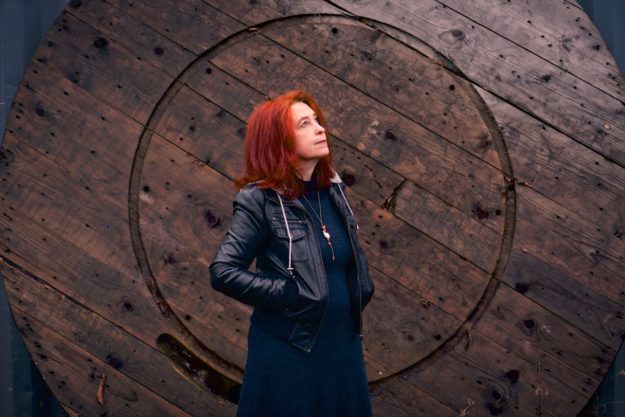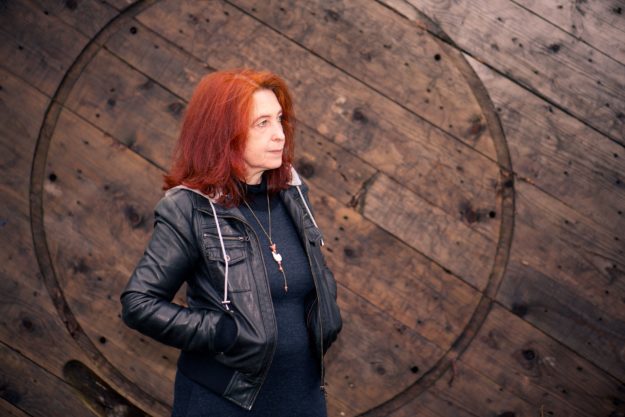La multi-instrumentiste Christine Ott fait partie de ces artistes qui contribuent à opérer la jonction entre le monde de la pop et le celui des musiques savantes et à faire tomber les murs, par ses différentes collaborations comme par l’esthétique qu’elle développe dans ses œuvres.
Cette perméabilité passe par le filtre du minimalisme et par les effets sonores permis par l’électronique, dont elle use abondamment, bases communes qui facilitent ce rapprochement. Après une année 2020 marquée par deux albums très réussis, l’un en solo sur ondes Martenot, Chimère, l’autre en formation chambriste avec le duo Snowdrops qu’elle forme avec son complice Mathieu Gabry, rejoint par l’altiste Anne-Irène Kempf, Christine Ott propose avec Time to Die un « voyage sensoriel entre monde des vivants et des morts ».
Pour le premier morceau éponyme, Christine Ott se fait femme-orchestre (Roland Jupiter-8, Korg Monotron, percussions), secondée par Mathieu Gabry, pour ouvrir un rituel aux consonances orientalisantes, qui évoque les fresques hiératiques de l’acid rock de la grande période psychédélique. L’arrivée d’un battement de timbale cérémoniel et martial rythme et entraîne la cérémonie jusqu’à l’arrivée conclusive de la pluie. Cette ambiance sonore chargée (le son clapotant de la pluie évoque immanquablement au moins un souvenir chez chacun d’entre nous) permet de faire la jonction avec l’intimité pianistique de « Brumes ». Tout en notes répétées, formules magiques entêtantes qui s’enroulent sur elles-mêmes, tourbillonnant dans une réverbération de plus en plus vaste, le morceau s’emporte dans une fougue croissante. C’est de nouveau dans un fort contraste que débute « Landscape », avec le chant éthéré de Christine Ott, démultiplié par l’enregistrement, sur un piano arpégé réduit à l’essentiel, presque mécanique, qui s’oppose à la fluidité mélodique vocale. Voici que la « Chasing Harp » scintillante de la musicienne, auréolée de subtils effets sonores miroitants, réverbérants, ondulants et aquatiques, semble ressurgir comme un chant d’un passé lointain et enfoui, qu’on avait oublié.
La mélancolie disparaît dans le climat sombre et inquiétant de l’introduction bruitiste d’« Horizons fauves », dont les textures soutiennent quelques rares tremolos hésitants de piano, qui finissent par se développer en arpèges, dont les parfums évoquent un minimalisme répétitif proche d’un Philip Glass. « Comma Opening » est un solo délicat d’ondes Martenot, épuré, dans lequel une même mélodie se répète à l’infini en présentant de multiples variations de registres et de timbres. « Miroirs » débute sur les arpèges simples et répétitifs du piano alors qu’une résonance de plus en plus spatiale s’instille délicatement, suivie d’un léger écho, transformant l’énonciation simple du piano en un rideau de perles scintillant traversé par les rayons du soleil. Voici que revient la « Pluie », et le disque se conclue sur un climat flottant et profondément nostalgique, dans lequel le piano est enrichi par le contrepoint d’ondes Martenot. Fin du voyage, et départ définitif de l’âme du défunt vers un nouvel havre ?
Guillaume Kosmicki



)


